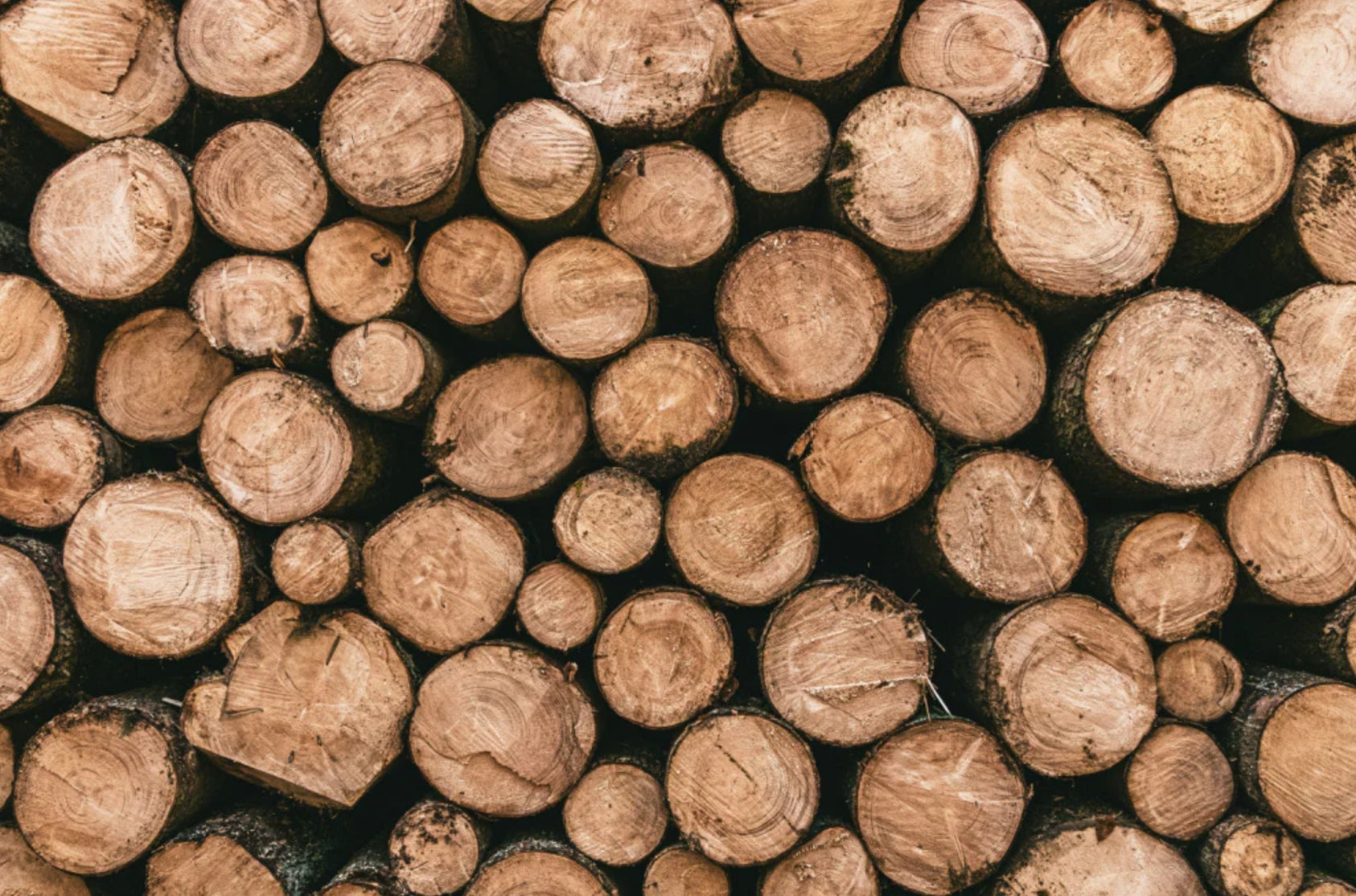Crafting a bentwood bangle can be an engaging and fulfilling endeavor that combines woodworking expertise with creative expression. No matter if you are an accomplished artisan or curious beginner eager to experiment, this step-by-step guide will walk you through creating your very own custom bent wood bangle using walnut veneer - so take part in this experience and bring your vision alive!

1.Introduction
Crafting a bentwood bangle is an immensely satisfying project that combines skill, creativity, and craftsmanship. By hand, this creative endeavor teaches woodworking techniques while simultaneously turning raw materials into wearable art pieces. The process requires carefully bending thin strips of wood into graceful curves while carefully laminating layers for strength and stability before applying an attractive finish that adds durability as well as aesthetic charm to the final product.

Each step along this journey - from shaping wood to creating a polished surface - allows an opportunity to refine your technique and pay close attention to every detail. This project offers both precision and patience alongside artistic expression for maximum fun! Whether you are an experienced woodworker or just beginning this craft project, following these detailed steps can lead to professional-grade results for an heirloom bangle you can be proud to display for many years!
2. Materials and Tools

Before beginning, gather these supplies and tools: Wood veneer (or any wood of choice), super glue, masking tape, Tru Oil Gun Stock Finish White Spirit and Renaissance Wax are essential materials and tools for this project. A piece of scrap wood for making molds; Sandpaper with various grits (varying grit sizes); Chisel; Bench Sander Dowel with dowel attachment for sanding (optional); Lathe (if available).Measuring tools

3.Step-by-Step Instructions
Step 1: Design and Construct the Former
The foundation for any high-quality bracelet design begins with creating the former. Gather old bracelets as inspiration or use printable templates as models; an oval with dimensions between 6.5 cm at its widest point and 5.5 cm at its thinnest is ideal. Once your shape has been finalized, trace it onto a piece of sturdy scrap wood using a pencil and tracer pen before cutting away using a saw and then sanding edges until smoothed evenly before sawing through using a saw again. A properly built former ensures smooth shaping processes while providing the framework needed for high quality bracelet designs!
Step 2: Cutting and Preparing Wood

Once your former has been measured
for calculating how many wooden strips will be required and preparing five walnut veneer strips of 22 cm in length measuring 3.5 cm wide by 22 cm wide for use in this project. In order to facilitate easier bending of each strip's edge
sander each strip until its edges resemble paper thinness for more efficient bending; taking time and care when doing this ensures consistency; irregular edges could create irregularities during bending processes.
Step 3: Soaking Wood to Bend

Soaking the wood will soften its fibers, making it more malleable when shaping. Submerge strips that you have prepared in boiling water for 30-60 minutes (depending on wood species; some hardwoods require overnight soak time) until their structure relaxes enough that bending happens without breaking. Keep an eye out during this process to ensure full submersion to ensure even flexibility.
Step 4: Wrap and Dry Wood
Once the wood has become flexible, carefully take steps to separate each strip from its watery state and begin wrapping each around its respective former using masking tape for secure placement without gaps or overlaps. Alignment at this step is key in order to produce uniform shapes; allow 24 hours before initiating gluing processes further down.
Step 5: Adhere to Wood Layers

Glue the dried strips one layer at a time. Applying thin layers of superglue to each strip's overlapped ends will produce an attractive result; press it firmly against its predecessor and allow the glue to set. As with the previous step, repeat with subsequent layers - trimming, sanding and aligning strips before evenly spreading glue with cocktail sticks so as to tightly wrap each one onto its predecessor layer while paying particular attention to avoid gaps or misalignments that may harm structural integrity or appearance of finished bangles.
Step 6: Remove the Bangle from the Former
Once all layers have been adhered and set, mark where you would like the gap to be, usually approximately 2.5 cm wide. Create two additional marks just inside this gap as a precautionary measure in case adjustments need to be made later on. Use a small saw to cut out this marked section before gently detaching it from its former with chisels, taking care to protect the wood during this step to avoid damaging any parts that remain stuck or stuck to its former. You may trim any excess during shaping.
Step 7: Shaping and Sanding the Bangle

Once the bangle has been removed from its former, shape and refine the shape using sandpaper. Begin with coarse-grit sandpaper for rough surfaces before gradually progressing to finer grits for polish. For precision on its interior lining, use either lathe rotation for precision sanding or manually spin it around the dowel. Continue sanding until your surface is perfectly smooth before proceeding onto fine 600-grit paper for a flawless texture finish.
Step 8: Apply a Finish

This stage protects and enhances the natural beauty of your bangle while adding durability. Start by cleaning its surface with white spirit to eliminate dust or residue before applying an even coat of Tru Oil using your fingers for even coverage. Allow each coat to set for 24 hours before lightly sanding it with fine wire wool to maintain an unibody surface; repeat this process seven times until a durable and glossy surface has been created. Lastly, polish using a polishing compound and buff with Renaissance Wax for extra protection!
4.Conclusion
Crafting a bentwood bangle is a rewarding project that showcases your creativity and craftsmanship. For premium materials, tools, or expertly crafted wooden products, visit KarmaBless.com. Known for their quality and professionalism, Karma Bless offers everything you need. Explore their exceptional collection today!











